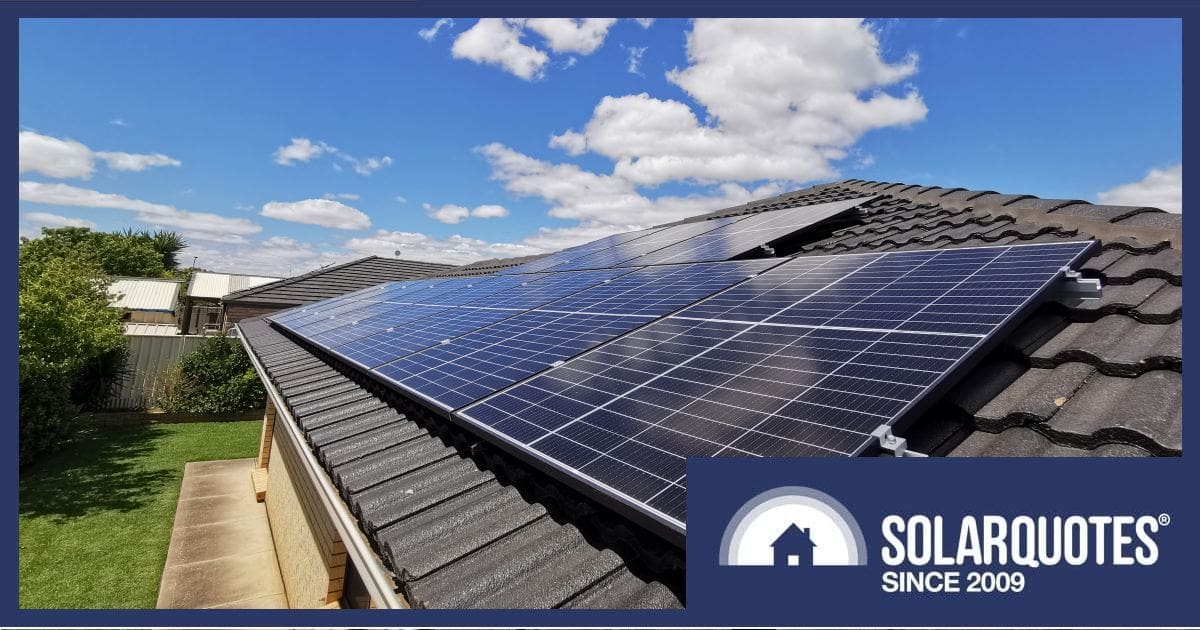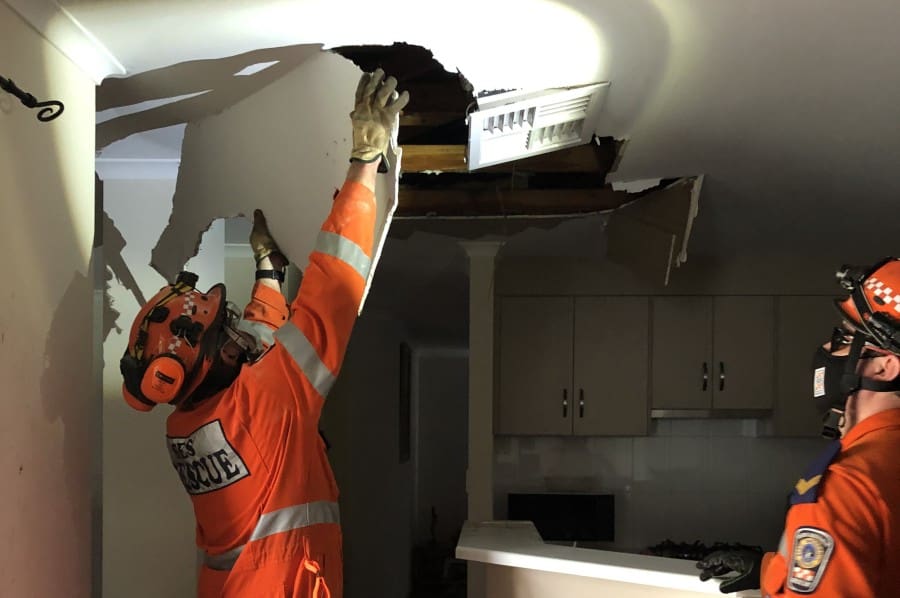To add a bit of complexity in purchase choices for solar panel buyers, there can be a toss-up between single and double/dual glass panels. So, which is better?
Back in November we looked at whether bifacial panels are worth it for residential installations. These panels harvest reflected light from the back of the panel as well as direct light from the front. Instead of having an opaque backsheet, they have a glass back. But bifacial modules aren’t the only type of panel to use double glass – some monofacial panels do as well.
An example is right above my head as I’m typing this. Our 10kW solar system is made up of TrinaSolar 415W Vertex S+ panels. These have 1.6 mm glass sheets front and back. Single glass solar panels typically feature a 3.2mm sheet for the front side and a backsheet made from a polymer material such as PVA.
Advantages Of Dual Glass
I didn’t make our choice of solar panels hinge on whether they were single or dual glass. But some of the claimed benefits of the latter include:
- Even though each sheet is thinner, these combined provided improved structural strength and reduce the risk/occurrence of micro-cracks in the cells.
- Increased protection from moisture affecting the solar cells.
- A higher resistance to chemical reactions.
- Less prone to scratches on the back during installation – and scratches can compromise backsheet integrity.
Disadvantages Of Double Glass
- They can be heavier if the manufacturer has used thicker glass (e.g. 2mm). Our panels with 1.6mm front and back weigh in at 21kg, which is comparable to single glass. (But thicker glass can be a very good thing).
- They used to be more expensive – but the price gap has really decreased in recent years. For example, SQ’s solar panel comparison table shows 440W Trina Vertex S+ panels retailing for around $133 a pop. That’s cheap as chips for what is a decent quality panel.
- Hail resistance can be an issue.
And on that note …
Dual Glass Solar Panels And Hail
A few years ago, a bunch of houses in Adelaide’s north were pummeled by a freak hailstorm. Among the many properties affected was ours. There was tens of thousands of dollars damage and after the SES made things safe initially (bless them), we lived with a couple of large holes in our kitchen and living room ceilings covered with plywood for quite a while.
I’d love to be able to say our panels survived the onslaught unscathed. But we hadn’t yet installed the solar power system, which may have been for the best. And if we were particularly prone to large hail, this would have been a major factor in our solar panel choice.
While our Trina panels meet basic hail resistance requirements (25 mm hailstone launched at 80 km/h – and I’ve read newer iterations exceed this), there’s hail and then there’s hail. It’s not just the size of the hailstones, but the speed and direction of them – and the angle at which panels are installed (usually the same as the roof).
I don’t know if these panels would stand up to the sort of hammering we experienced that day in 2021. But the damage caused by that event in our case was more about the amount of hail in a very short space of time rather than the size of it. And on stormy days since you’ll find me spending a good deal of time staring at BoM’s radar watching for dark blobs appearing; not that I can do much about whatever eventuates.
In Kiwa PVEL’s 2024 scorecard, their hail test results indicated 3.2 mm fully tempered glass/backsheet solar panels were significantly less susceptible to glass breakage than *2.0 mm* heat strengthened glass/glass modules.
But even many single glass solar panels don’t fare too well in particularly severe hailstorms. So, if your area is prone to large hail and whether you’re considering single or double-glass; perhaps put enhanced hail resistance attributes more towards the top of your must-have features list.



 RSS - Posts
RSS - Posts



I have a question about the Government Energy Bill Relief. We received a $75 rebate on 4th Aug on our ( positive ) Winter bill from AGL but nothing since then. As we have a fairly large solar system and a battery, we tend to have negative bills from AGL through most of the year ( except during winter) . I read that the $300 credit from the government was being applied in 4 quarters, but have received nothing since Aug. Before I spend hours on the phone waiting for AGL to respond does anyone else know anything about restrictions on the rebate particularly wrt credits due to FIT, peak energy rewards etc.
I was in similar position,with A– and A—- I am producing energy 4 times more than what I used, But my complaint fell on deaf ears. so I call iselect ( a free service ) they recomend that I switch energy retailer and from that time I have negative bill
Dear Michael
Thanks for the post on double sided glass panels. I am wondering whether they can be installed vertically facing east and west to catch the morning and particular the late afternoon sun? I am aware that the overall daily yield efficiency would be lower, but offsetting late afternoon aircon power bills at ~60c/kwh is far better ROI than extra feed-in tariff at best at 8c/kwh.
I already have enough NNE facing panels and have plenty of roof space where they could be installed near the top, staggered so not overshadowing.
I’m also thinking ahead to when I put a battery in: the more that as much of the day has some solar electricity being generated, the lower the total battery capacity needed?
“440W Trina Vertex S+ panels retailing for around $133 a pop.” Is that right? Where can I get them from?
I have a question about using bi-facial panels on residential roofs. Seeing as the underside won’t generate as much kw as the top side,( due to only generating kw via reflective), would that mean the underside won’t degrade as quickly ,over say 20 years, as would the top side?
With that in mind, could the underside be considered ” newer” than the top side? Based on that, could the panels be flipped over ( and yes , there are probably cabling on the underside), to start it’s ” 2nd life”? Therefore getting more ‘ bang for buck’/ twice the expected lifetime.
Hey Glen,
It’s not a terrible idea and to be honest I couldn’t comment on the longevity of each side of the panel, however there’s a few things probably rule it out.
The frame will gather a lot of dirt, mud & rubbish.
The wiring will cause small issues with shade.
Junction boxes won’t be as well protected from the sun.
Some bi-facials will be dual glass but other will have plastic backsheets which may not be as durable.